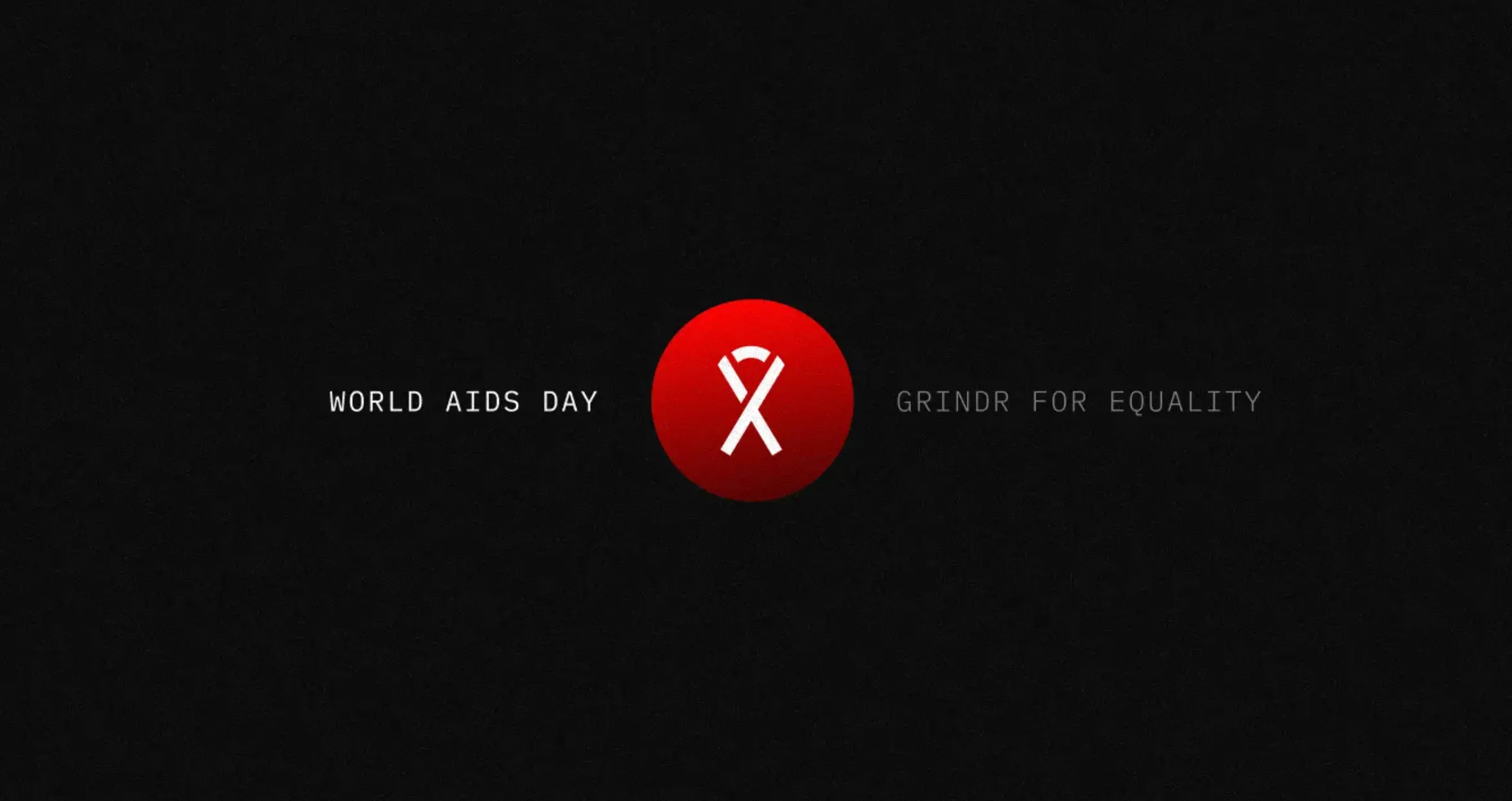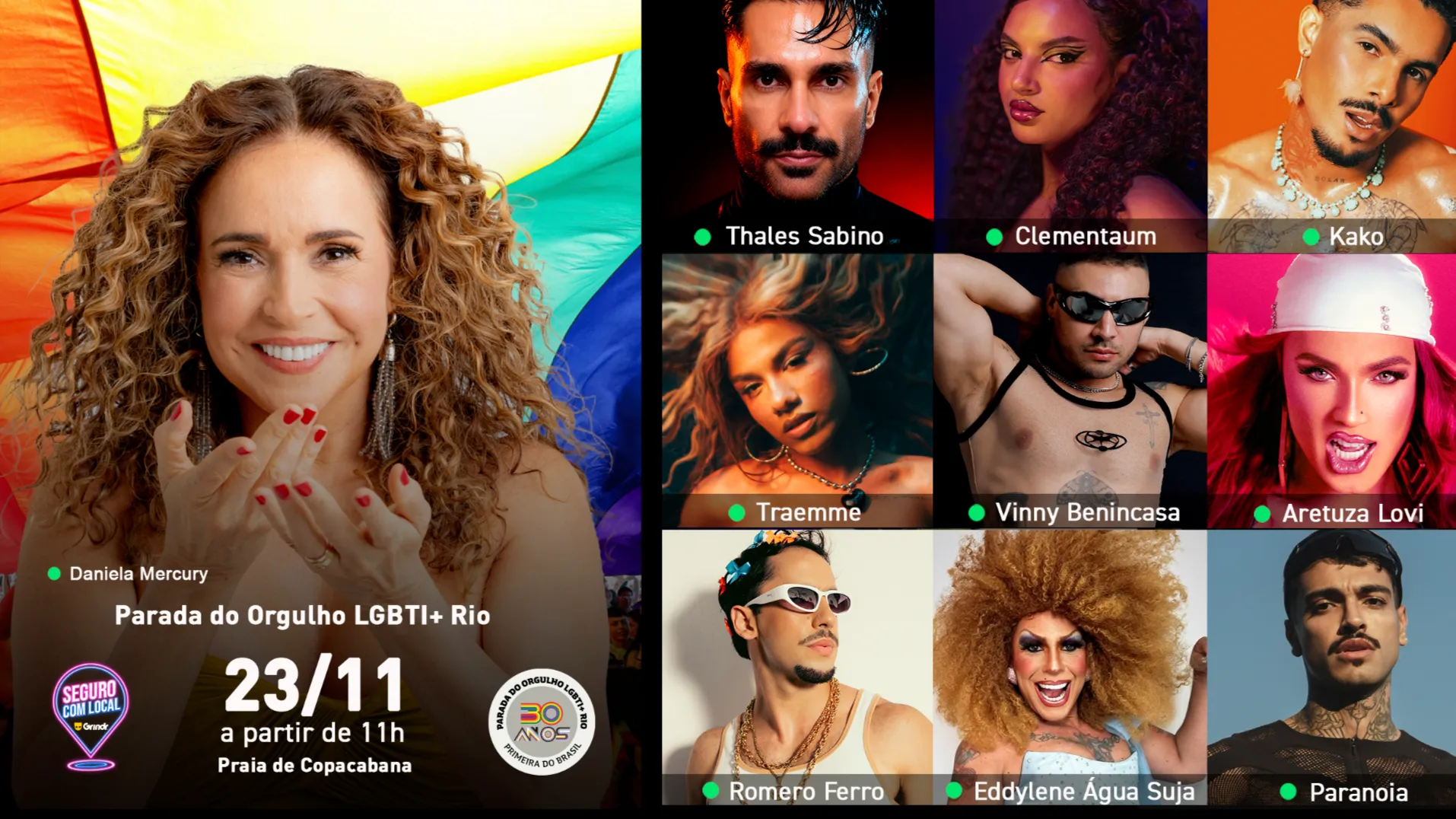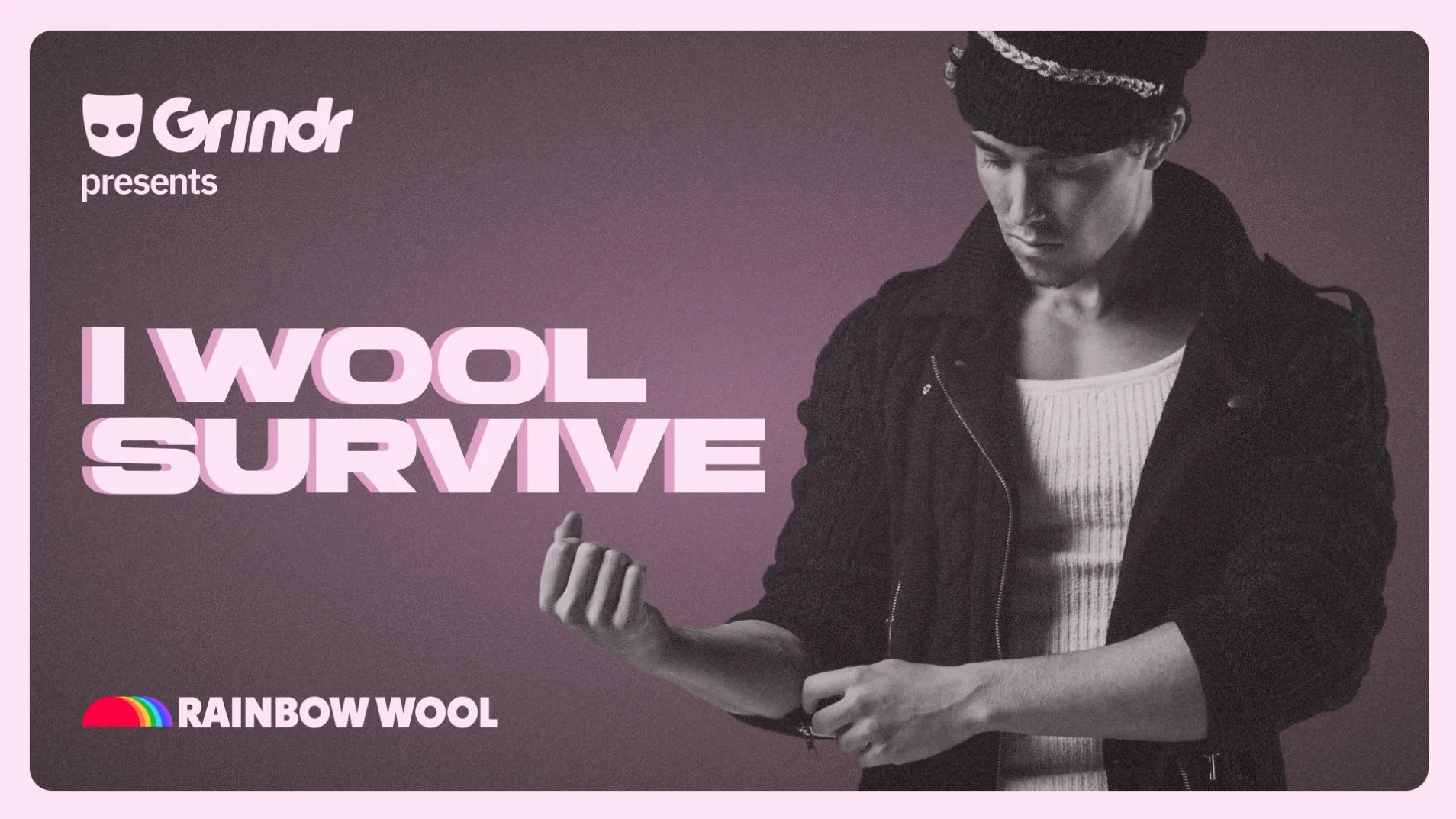Halfway There? You’re Not Alone! Discover What Demigender Means

Bitch, lover, child, mother, sinner, saint — if Meredith Brooks taught us anything, it’s that there are countless ways a person can identify (and that you should never, ever be ashamed). Call the right person a bitch at a bar, and they’ll flutter with flattery. Say it to the wrong person, and you might end up with a vodka soda down your blouse.
Unsurprisingly, language matters. Especially when it comes to language about identity. People have always identified across the gender and sexuality spectrum, but the terminology regarding gender identity has historically been lacking. Gay, straight, man, woman — the binary ain’t gonna cut it, diva.
Fortunately, modern LGBTQ vernacular is much more expansive. Nonbinary, transgender, gender nonconforming, genderqueer, genderfluid, apagender — we now have words that offer increased visibility for all kinds of identities. Demigender is one such identifier. Wondering what it means? Learn everything you need to know right here.
Demigender’s meaning
Demigender is a nonbinary gender identity used by people who experience only partial association with a particular gender. Demi, of course, is short for Demi Lovato. (OK, obviously, we’re kidding. But what if?) Demi is a prefix that means half. So, those who are demigender partially align with a specific gender.
Just like queer is an umbrella term that can include gay, lesbian, transgender, asexual, and pansexual folks (and far more than that, mama), demigender is an umbrella term that encompasses numerous identities. Demigirl, demiboy, deminonbinary, demifluid, demiflux — all fall under the demigender identity. Let’s dive into what a few of those identities mean:
Demigirl
A demigirl is a person who partially identifies with being a girl or woman. Someone who identifies as a demigirl may consider themself cis or trans, and one can be a demigirl regardless of their assigned gender at birth. As for the other half of their gender identity, that’s totally up to them. Demiwoman, demifemale, demigal, and demidudette are other words used interchangeably with demigirl.
Demiboy
Similar to demigirl, demiboy is a gender label used by people who only somewhat identify with a gender identity — in this case, boy or man. Just like how you can assume a demigirl has some affinity for femininity, demiboys (also called demiman, demimale, demiguy, demidude or demibloke) will often feel some association with masculinity. Like all people who fall under the demigender umbrella, demiboys may or may not experience gender dysphoria.
Deminonbinary
Deminonbinary is what all the headlines read when Demi Lovato revealed they used they/them pronouns (Sorry, we had to. Last Demi joke, we promise). No, deminonbinary — also sometimes referred to as demienby — is a gender identity for people who partially identify with being nonbinary — neither male nor female. It’s possible someone who is deminonbinary also identifies with another gender.
Demifluid
Someone who identifies as demifluid has a gender that is at least partially fluid or genderqueer. Typically, people who identify as demifluid will also have a partially static gender. For example, someone may always feel connected to manhood while the fluid aspect of their gender ranges from feminine to nonbinary.
{{video-inline-cta}}
Demigender flags
Because there is more than one identity that falls under demigender, demigender people also have more than one flag. Demigender, demiboy, and demigirl each have their own flag.
Demigender flag
The demigender flag includes seven horizontal stripes: two dark gray stripes on the top and bottom, two light gray stripes inside those, then two yellow stripes, and a single white stripe in the center. The design was initially made for deminonbinary people but has since expanded to encompass the entire demigender community.
Demigirl flag
The demigirl flag is identical to the demigender flag except that the yellow stripes on the demigender flag are replaced by pink stripes on the demigirl flag. Whereas the yellow on the demigender flag represents a nonbinary gender association, the pink on the demigirl flag symbolizes the feminine or femininity.
Demiboy flag
Like the demigender and demigirl flags, the demiboy flag also has seven stripes, with gray representing the absence of gender and white standing for partial gender association. The remaining stripes in the demiboy flag are blue to illustrate a connection to the masculine or masculinity.
Demigender pronouns
So, if a person only feels partially connected to a gender (or multiple genders), is it alright to use pronouns like she and he, or should you stick to gender-neutral pronouns? Well, honey, the only way to know is to ask. Some demigender people have preferred pronouns — others, not so much. Some may even use neopronouns. Just don’t make any assumptions; you know what they say about people who assume.
Are you unsure of someone’s pronouns but don’t necessarily want to come right out and ask? Try offering your own pronouns when you introduce yourself. This will help them feel comfortable offering theirs as well.
Are you demigender?
Sex and gender exist at the crossroads of the biological and social. It’s only natural to question what your identity means to you. If all this reading has left you wondering whether you might be demigender, ask yourself these questions. They might help you figure it out.
- Do I feel closely aligned with my current gender identity and/or the sex I was assigned at birth?
- How strong is my connection to my current (or any) gender?
- Do I relate to my friends’ experiences of their own gender?
- How often do my feelings about my gender change?
Uncertain? There’s no need to commit on Grindr
There’s no requirement that you stick with one gender your entire life. Fortunately, Grindr lets you experiment. We offer over 50 gender identities for your profile so you can find the label that feels right for you.
Your next hookup doesn’t need to be a lifetime commitment, either. Download the Grindr app and find exactly what you’re looking for.










.webp)


.webp)
.webp)











